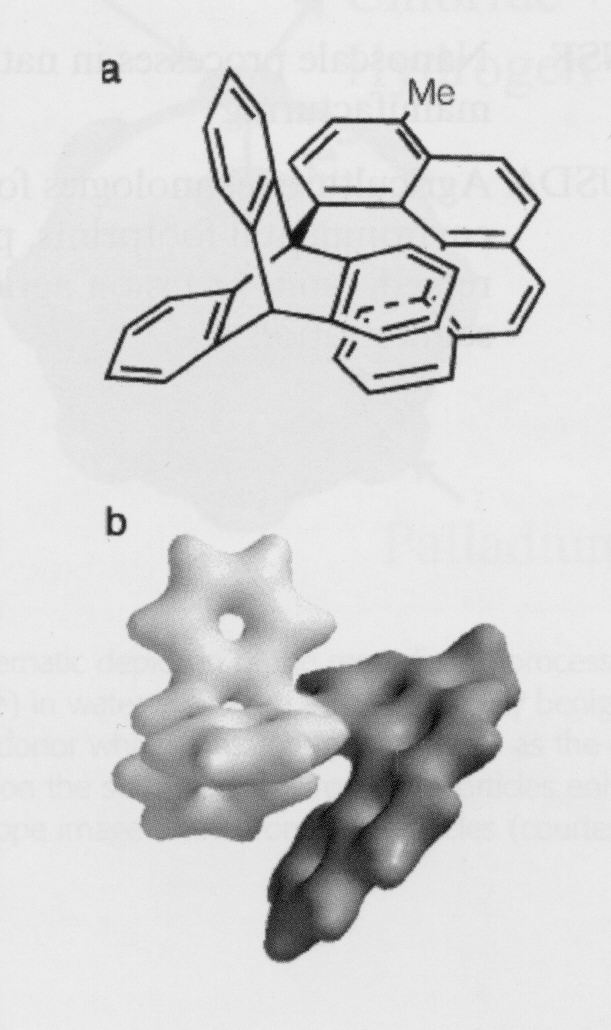Contribute
| Technology - Microcraft And Robotics |
National Nanotechnology Initiative
05/23/2004
(This article is sponsored by The Boston Group)
Challenge
Integrating the miniaturization of machinery and computers can provide platforms to operate in hazardous or confined environments without human presence and can augment productivity by automating more routine operations. For instance, reduced payload weight and energy usage are critical factors that impact our ability to reach ever more remote and hostile environments on Earth and in space. Miniaturized, intelligent machinery also will enable the development of other highly desirable systems such as unmanned military combat platforms that reduce risks to personnel and in vivo systems that improve the detection and treatment of diseases.
Vision
Nanotechnology will provide the apility to design very small-scale microcraft, vehicles and robots. Microelectromechanical systems (MEMS) are already providing some system miniaturization down to the microscale. Building on the fabri- cation processes and devices of MEMS technologies, flanoelectromechanical systems (NEMS) will open qualitatively new functional approaches and applications.
Nanosystems based on biological principles and building blocks are a key area for future research. For instance, long duration missions or missions in hazardous environments may benefit greatly from adopting strategies and architectures from the biological world. Utilization of in situ resources to create complex structures and craft that can adapt and react to changing environ- mental or mission needs are examples of the kinds of advances enabled through the application of nanotechnology and the principles of molecular biology. If the application is in vivo, then the use of molecular motors fueled by the body's metabo- lites might even provide a "self-powered" system.
Sensing, processing, and managing information is critical to the control of any microcraft or
robot. A compelling need exists for miniaturized electronics with increased capability that can be embedded in system controls. The development
of ultra-lightweight and ultra-strong materials
that can survive extreme environments will be key to expanding our reach into applications such as space exploration.
Research Example:
Molecular Motors-A New Nanoscale Biomimetic Paradigm for Energy Conversion
A biological cell has micrometer dimensions with the molecular machinery inside that cell having nanometer dimensions. Many cell functions require the action of "biological motors" that convert chemical energy to mechanical energy.
For example, biological motors allow muscle fibers, flagella, and cilia to perform their
functions.
One of the goals of researchers in this field is
to develop an understanding of the mechanisms and processes of biological molecular motors and to incorporate similar approaches in nanoscale manmade devices. Researchers at Boston College have made steps toward this goal by designing and demonstrating a simple molecular motor that exhibits unidirectional rotary motion. The molecular motor consists of 78 atoms and consists of a rotating paddle-like structure attached to a base. Normally, thermally stimu- lated motion would cause this wheel-Iike molecule to rotate randomly in either direction. However, by tailoring the paddle wheel's molecular structure so that it is no longer entirely symmetrical, it can be induced to preferentially rotate in one direction. The impetus for rotation comes from chemical interaction between the paddle wheel part of the molecule and a common chloride compound, carbonyl dichloride. This particular molecular motor is not yet capable of continuous rotation-it rotates just 120 degrees-however, it represents a step toward being able to design nanoscale motors with controlled motion.
You may also access this article through our web-site http://www.lokvani.com/

Diagram of a molecule designed to perform unidirectional rotary motion. The chemical structure is shown in (a). The molecule consists of two parts-a structure with three ringshaped paddles and a flat base- connected by a single bond about which rotation can occur. Figure (b) shows a calculated electron density surface map of the molecule as seen from a side view of the paddle wheel, which is shown in lighter gray. Upon interaction with carbonyl dichloride, the paddle wheel rotates 120 degrees in a clockwise direction.
(courtesy T.R. Kelly, Boston College).
